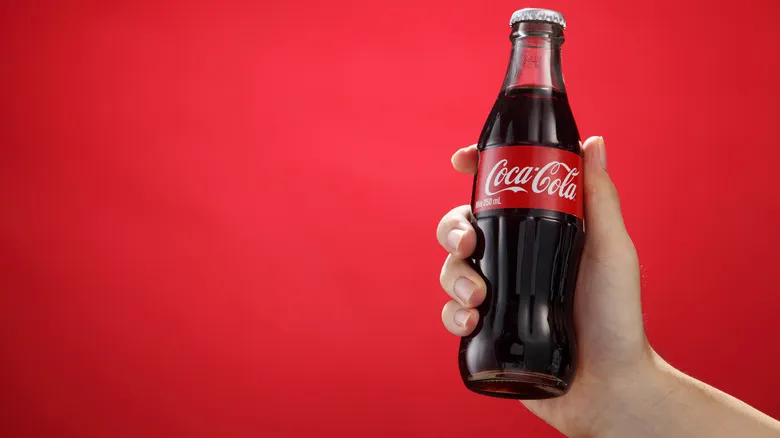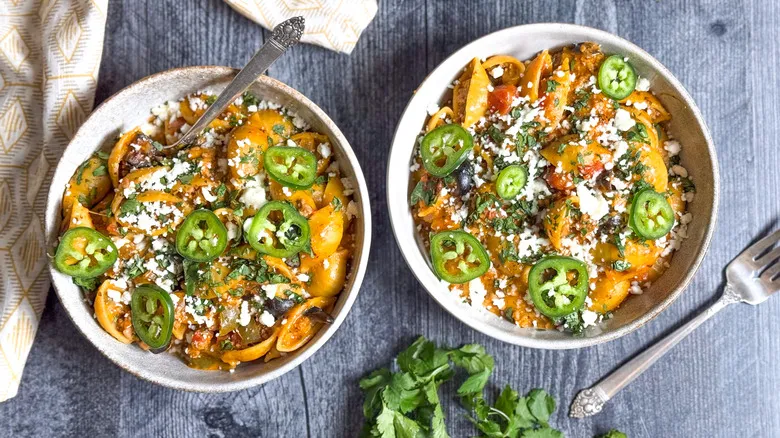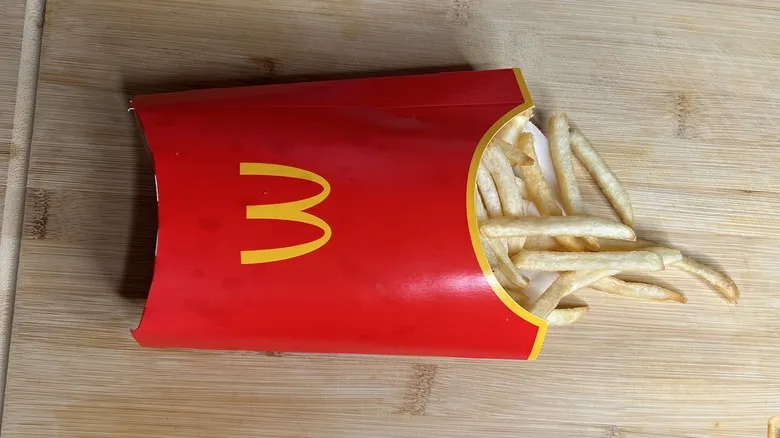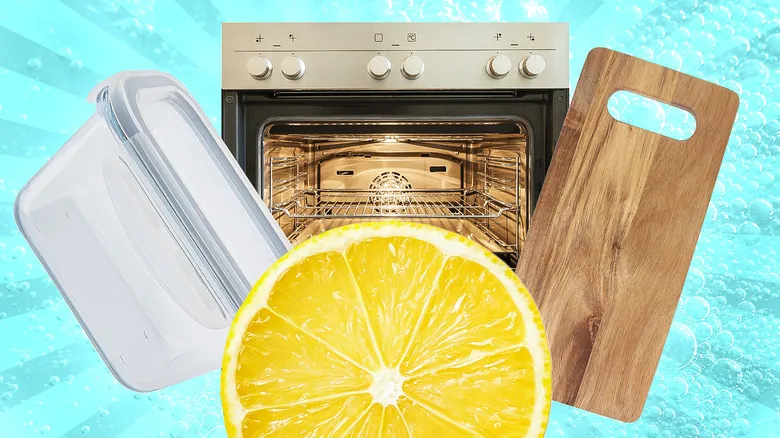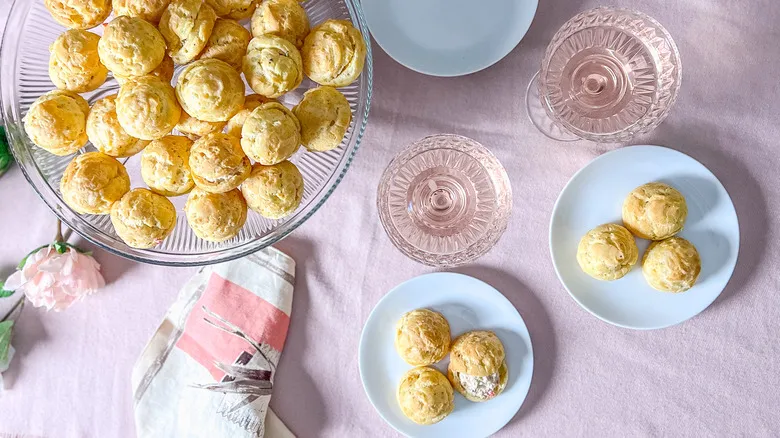Competitive origins
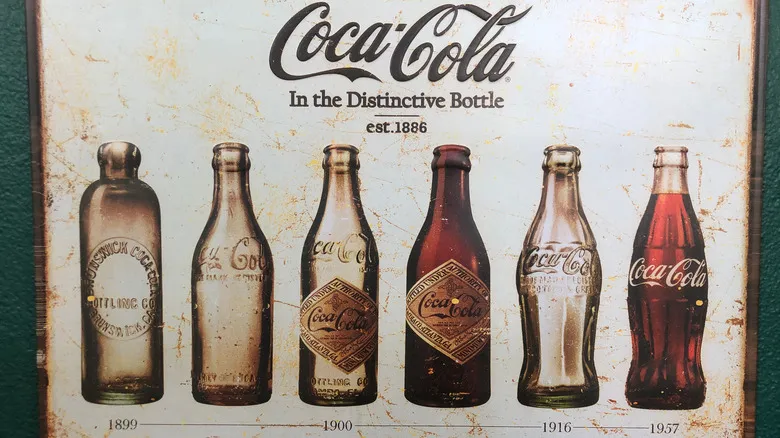
During its initial decade, Coca-Cola was not sold in bottles at all. The beverage was created in 1886 by Atlanta pharmacist John Pemberton and was initially marketed as a syrup for soda fountains. Pemberton passed away in 1888, never witnessing his invention evolve into a vast global enterprise. However, before his death, he sold the business to Asa G. Candler, who managed a period of significant expansion, which included the first bottling of Coca-Cola.
In 1899, Tennessee attorneys Benjamin Thomas and Joseph Whitehead obtained the rights to bottle Coca-Cola, establishing a framework that still influences much of today’s soft drink industry. The original bottles were quite different from the iconic curvy Coke bottle we recognize today; they were simple glass containers with straight sides, leading to a significant issue. The generic design allowed competitors to easily replicate Coca-Cola's branding.
The early 1900s saw a surge of rival brands that made no effort to disguise their imitation. Names like "Koca-Nola," "Toka-Cola," and the blatantly obvious "Koke" emerged. These companies utilized the same bottle as Coca-Cola and even mimicked its distinctive font. The Coca-Cola Company initiated numerous lawsuits against these rivals, but resolutions often took years. To safeguard against imitators, Coca-Cola and its bottling partners chose to invest in entirely new packaging.
Coke's curves
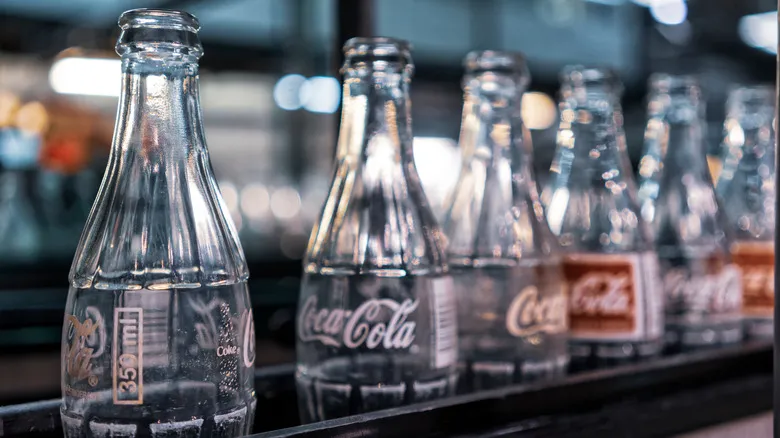
In 1915, the Coca-Cola Bottling Association challenged ten American glass manufacturers to create a uniquely recognizable bottle. According to Coca-Cola United, the design needed to be so distinctive that it could be identified by touch in the dark or when shattered on the ground. The company that produced the winning design would earn a reward of $500, equivalent to about $15,500 today.
When the Root Glass Company from Terre Haute, Indiana received this challenge, they dispatched two employees—Earl Dean and Clyde Edwards—to the local library for inspiration. While browsing through the dictionary, they stumbled upon the entry for cocoa beans, which sparked a connection to the name Coca-Cola. Dean then sketched a bottle with a curvy silhouette reminiscent of the cocoa bean. Although it was noticeably rounder than the bottle we recognize today, the fundamental design was already taking shape. The Root Glass Company ultimately triumphed in Coca-Cola's competition, establishing the standard for the brand's iconic curvy bottle.
Interestingly, the creation of the famous Coca-Cola bottle stemmed from a significant misunderstanding of the product. Earl Dean had searched for cocoa beans in the dictionary to pay homage to the Coca-Cola name. However, the "Coca" in Coca-Cola actually refers to coca leaves, which are notorious for being the source of cocaine, a substance that was once included in Coke's original formula.
Recommended
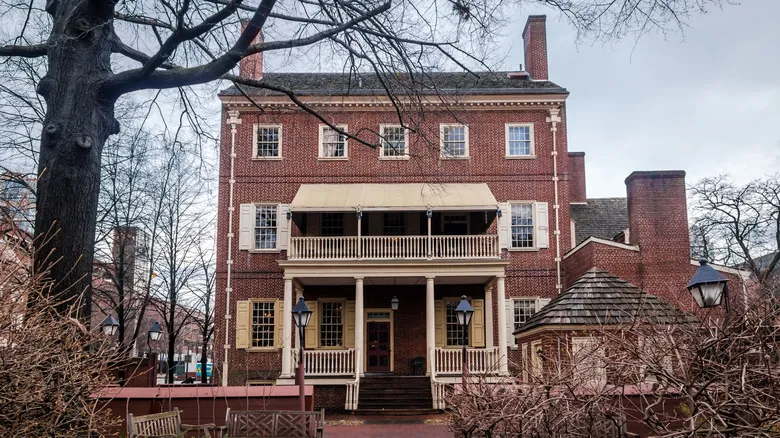
The Historic Restaurant Where The First-Ever 4th Of July Was Celebrated

The Critical Process Behind Tabasco Sauce's Iconic Red Color

Waffles Are Deeply Ingrained In American History

The Little Known History Behind Valentine's Day Conversation Hearts
Next up

